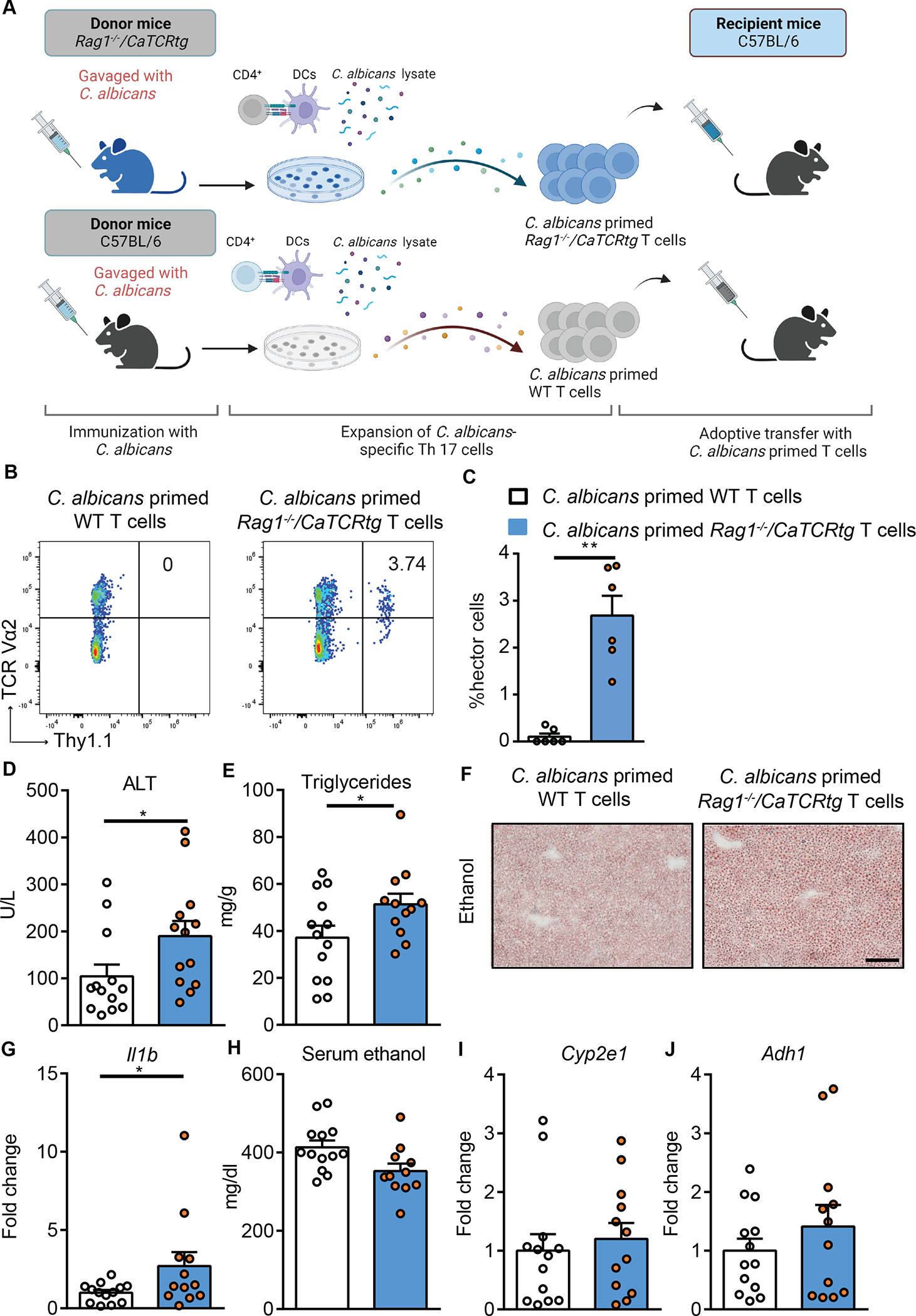Figure 5. Candida-specific TCR transgenic hector T cells promote ethanol-induced liver disease.

(A) Diagram of adoptive transfer of C. albicans-primed Rag1−/−/CaTCRtg and wild-type T cells to wild-type mice. On day 0, Candida-specific TCR transgenic (Rag1−/−/CaTCRtg) and C57BL/6 donor mice were gavaged with C. albicans. On day 10, CD4+ T cells from lymph nodes and spleen of donor mice were co-cultured with bone marrow-derived dendritic cells in the presence of C. albicans lysate for 6 days. On day 16, CD4+ T cells were injected intravenously to C57BL/6 mice (day 13 of chronic plus binge ethanol feeding). Created with BioRender.com. (B and C) Thy1.1+ CD4+ Vα2+ hector T cells were detected in livers of ethanol-fed recipient mice at the time of collection. (D) Serum levels of ALT. (E) Hepatic triglyceride content. (F) Representative oil red O-stained liver sections (scale bar, 100 μm). (G) Hepatic levels of Il1b mRNA. (H) Serum levels of ethanol. (I and J) Hepatic levels of Cyp2e1 and Adh1 mRNAs. Figure 5 was conducted in 2 independent experiments. Results are expressed as mean±SEM. Fold change was calculated relative to mice that were adoptively transferred with C. albicans-primed CD4+ T cells from wild-type C57BL/6 mice. P values determined by 2-sided Student t test. *P<0.05. See also Figure S4.
